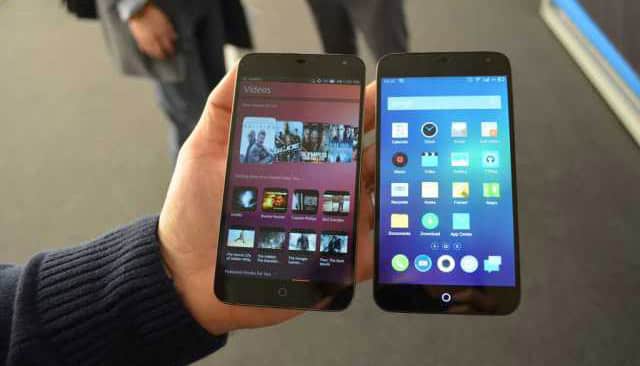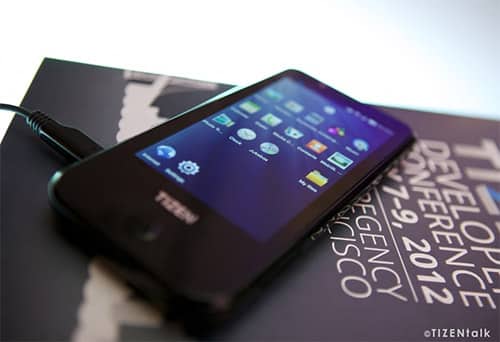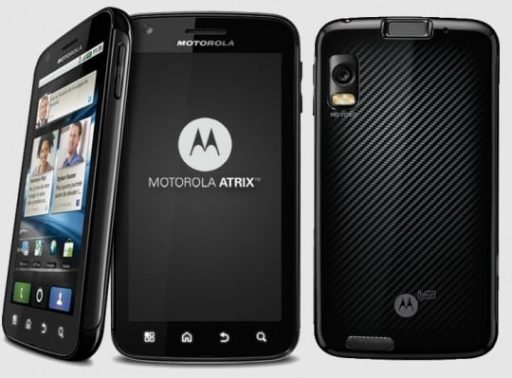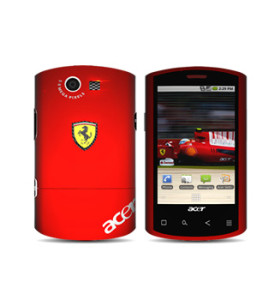Canonical has come a long way since first announcing the Ubuntu Touch for mobile devices. The company has steadily improved the mobile OS and fresh prototypes for the platform have surfaced at this year’s MWC.
When Ubuntu Touch took off, frankly there wasn’t a lot of hope in the air. Google was already tackling the open-source side of the mobile arena and Ubuntu Touch seemed like an addition in that shelf. However, Canonical has differentiated its OS by focusing on support for swipe gestures and a commitment to building an OS that works smoothly across tablets, smartphones and desktop machines.
At MWC this year, a number of vendors came up with their prospective prototypes for Ubuntu Touch. Among these was a handset from BQ, a Spanish company aiming to commit itself to the new mobile OS. BQ’s handset isn’t functional and simply demonstrates what we can expect Ubuntu Touch handsets to be – mid-tier, solidly build phones with an affordable price tag and unlocked.
Another offering was from Meizu, another company partnering with Canonical on Ubuntu Touch handsets. The smartphone from Meizu was functional and showed off the possible uses of the OS as well as the potential future improvements. The focus of the UI functions was on swipe, allowing a user to swipe from all four directions on the home screen to launch different functions such as settings.
It is too early to say where Ubuntu Touch will be headed in the coming days and whether or not it will be successful. What we can confidently say that it we may finally see the earliest Ubuntu Touch smartphones made available in the market before the turn of the year.
Courtesy: Engadget
[ttjad keyword=”kindle”]




